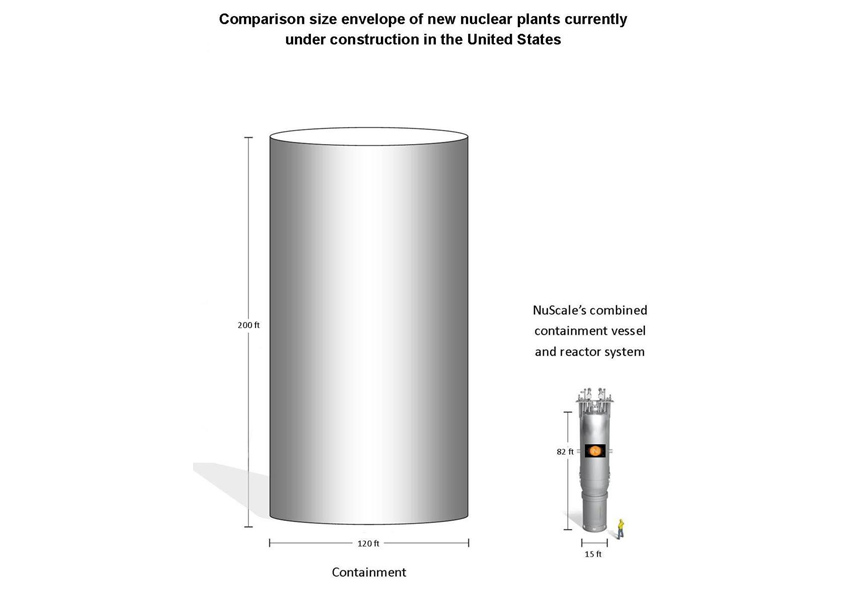I have blogged in the past about my dislike of nuclear energy and the reasons why I think that it is a bad idea that should be retired as quickly as possible. There are many complex aspects to the use of nuclear power to generate electricity. Even if I believed in nuclear power as a good way to generate electricity and combat global climate change, I would still be concerned about its viability above and beyond all the technical issues. Human beings don’t always rely on science to decide technological issues. Often there are other factors such as politics, economics, psychology, etc. that play a role in the adoption of new technology. Completely apart from the technical arguments over nuclear power generation, there looms the powerful force of public opinion. Every accident or problem with nuclear power that generates headlines corrodes the public trust of nuclear power.
It has just been announced that Southern California Edison is going to close the troubled San Onofre nuclear power plant. Replacement steam generators failed in two years due to unreported design changes. The cost of waiting for permission to restart the plant has convinced SCE to permanently close the plant. The debate over exactly who pays for the repercussions of the shutdown order has already begun accompanied by lawsuits, of course.
Duke Energy is shutting down the Crystal River reactor in Florida because of mounting repair cost estimates and lost income from having the plant offline. Duke is looking to collect billions of dollars from Florida customers to pay for the closure.
The Kewaunee reactor in Iowa in Wisconsin is being permanently retired because the company that owns it cannot make a profit on the electricity it generates in the current soft market for power and they have been unable to find a buyer.
These three stories contain elements that will be repeated as the current generation of reactors continue to operate past their original lifespan licenses. Failing equipment, expensive repairs, lost revenue, lack of ability to compete with other power sources, and other factors that shut these reactors will also cumulatively sour the public and investors on continuing to support nuclear power.
The giant utility companies that make huge profits off of building and operating nuclear reactors will not leave the field without putting up a fight. There is a publicity push by nuclear industry representatives to convince the public and the investors that there is a bright new age of nuclear power coming. Contracts to build two new reactors at Plant Vogtle in Georgia are given as an example of new life in the industry along with applications for twenty more new U.S. reactors. However, there have been delays and cancellation for other new reactors recently. Duke Energy announcing this year that it was cancelling plans to build two new reactors at the Shearon Harris nuclear power plant in North Carolina. Apparently the nuclear industry outlook is not as rosy as it is being portrayed.
It would be better for the world if nuclear power were seen as the bad choice that it is and all nuclear reactors were shutdown tomorrow. This will not happen. Years will pass, there will be more reactors built, more accidents, more equipment failures, more corporate dishonesty, more government incompetence and huge amounts of public spent. There will be more loss of life and environmental degradation before we can put the nuclear genie back in the bottle. But there will be an inevitable rejection of nuclear power by the public driven by many factors.



